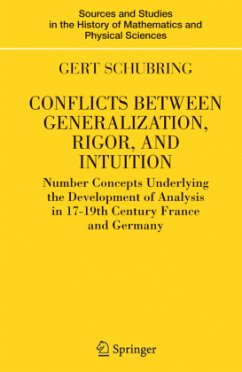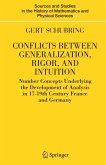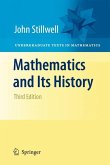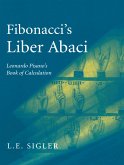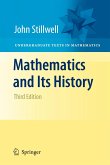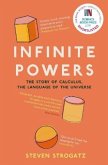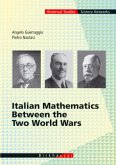This volume is, as may be readily apparent, the fruit of many years' labor in archives and libraries, unearthing rare books, researching Nachlässe, and above all, systematic comparative analysis of fecund sources. The work not only demanded much time in preparation, but was also interrupted by other duties, such as time spent as a guest professor at universities abroad, which of course provided welcome opportunities to present and discuss the work, and in particular, the organizing of the 1994 International Graßmann Conference and the subsequent editing of its proceedings. If it is not possible to be precise about the amount of time spent on this work, it is possible to be precise about the date of its inception. In 1984, during research in the archive of the École polytechnique, my attention was drawn to the way in which the massive rupture that took place in 1811-precipitating the change back to the synthetic method and replacing the limit method by the method of the quantités infiniment petites-significantly altered the teaching of analysis at this first modern institution of higher education, an institution originally founded as a citadel of the analytic method.
From the reviews: "This is a very ambitious book, both in its methodology and in the amount of material it addresses. ... The topic is of major interest, focusing on two concepts that extended the idea of what was meant by 'number' ... . this book remains a major contribution. The rich and detailed account of textbooks and educational institutions, and the key passages and events Schubring highlights ... add greatly to our understanding of the history of mathematics in one of its most exciting periods." (Judith V. Grabiner, SIAM Review, Vol. 48 (2), 2006) "The present book is a voluminous and detailed study of the conceptual developments of negative numbers and infinitesimals from the prehistory of the calculus to the end of the nineteenth century. ... It stands out as special by treating many primary mathematical sources that are rarely subjected to historical study ... . this volume presents an important new contextualised perspective on the history of negative numbers and infinitesimals. It includes a rich variety of institutional and philosophical discussions ... ." (Henrik Kragh Sørenson, Zentralblatt MATH, Vol. 1086, 2006) "This deep and important epistemological study analyses the evolution of concepts fundamental to mathematical analysis up to the nineteenth century. ... The author examines how concepts were generalized and differentiated and pays particular attention to the role of symbolism. He critically reviews the work of other authors who have treated the same historical periods." (E. J. Barbeau, Mathematical Reviews, Issue 2006 d)

